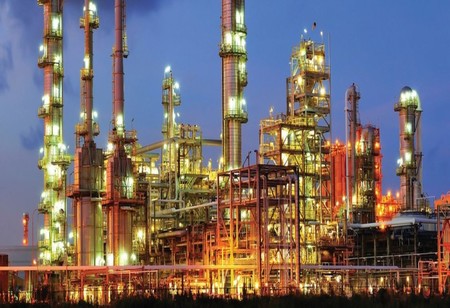The petroleum industry of India is one of the major contributors to economic growth. It is booming and has good potential, but the sector still needs to be strengthened. Globally this industry is going through a transformation phase. Since the industry has become more global, there is tremendous potential for this sector to grow in India. Presently, there are a lot of developments taking place in India, generating a lot of opportunities. India aims to become one of the major players in the export of petrochemical intermediaries. Today, 70 percent of the oil requirements are fulfilled with the help of imports. India is trying to build a partnership within international markets comprising of the emerging energy-trading nations – China, Russia, and Iran. India collaborated with Venezuela, Burma, Middle East nations, and Pakistan. Unfortunately, the main problem with the Petroleum Industry in India is related to infrastructure developments. The lack of proper storage facilities, enhancements in refining capacities, and fluctuating import prices play an important role in hampering the petroleum industry.
Prime Minister Narendra Modi may have set a target to cut India’s oil import dependence by 10 percent but the country’s dependence on foreign oil for meeting its energy needs has jumped to a multi-year high of nearly 84 percent. The government is also contemplating on cutting imports to half by 2030. But these expectations are far from being metamorphosed into reality, with rising consumption and sluggish domestic output. The country's oil consumption grew from 184.7 million tonnes in 2015-16 to 194.6 million tonnes in the following year and 206.2 million tonnes in the year thereafter. In 2018-19, demand grew by 2.6 percent to 211.6 million tones. The sanction imposed by the US on Iran has severely affected India’s oil import, which was the third-largest supplier after Iraq and Saudi Arabia. India, the world's third-largest oil consumer, meets more than 80 percent of its crude requirements and around 40 percent of its natural gas needs through imports. Despite all the talk of boosting oil security, India's oil and natural gas production has been slowing down in the past few years, making it even more import-dependent. In 2018-19, India imported 23.5 million tonnes of crude from Iran, nearly 10 percent of its total crude imports, according to the Centre for Monitoring Indian Economy. But with Iran off the trade radar, state-owned refiners, such as the Indian Oil, Bharat Petroleum and Hindustan Petroleum, will have to cough up at least Rs 3,000 crore more for their oil imports. But the bigger blow from the sanctions on Iran will be higher crude prices in the global market and its impact on India's fiscal deficit. The oil market is already struggling with disruptions in Venezuela, Libya, and Nigeria. Saudi Arabia and other members of the Organisation of the Petroleum Exporting Countries (OPEC) have, in recent months, cut oil supplies, fearing that higher US oil output and lower energy demand would cause an oversupply in the global market and depress prices.
India should target for improving the petrochemical sector for better economic growth. The need for intermediary products for producing end-use products should be considered with the utmost importance. India’s per capita consumption of petrochemical products is low, whereas the production is high. There is great potential for India to become the leading exporters of intermediary products.
 Magazine
Magazine
